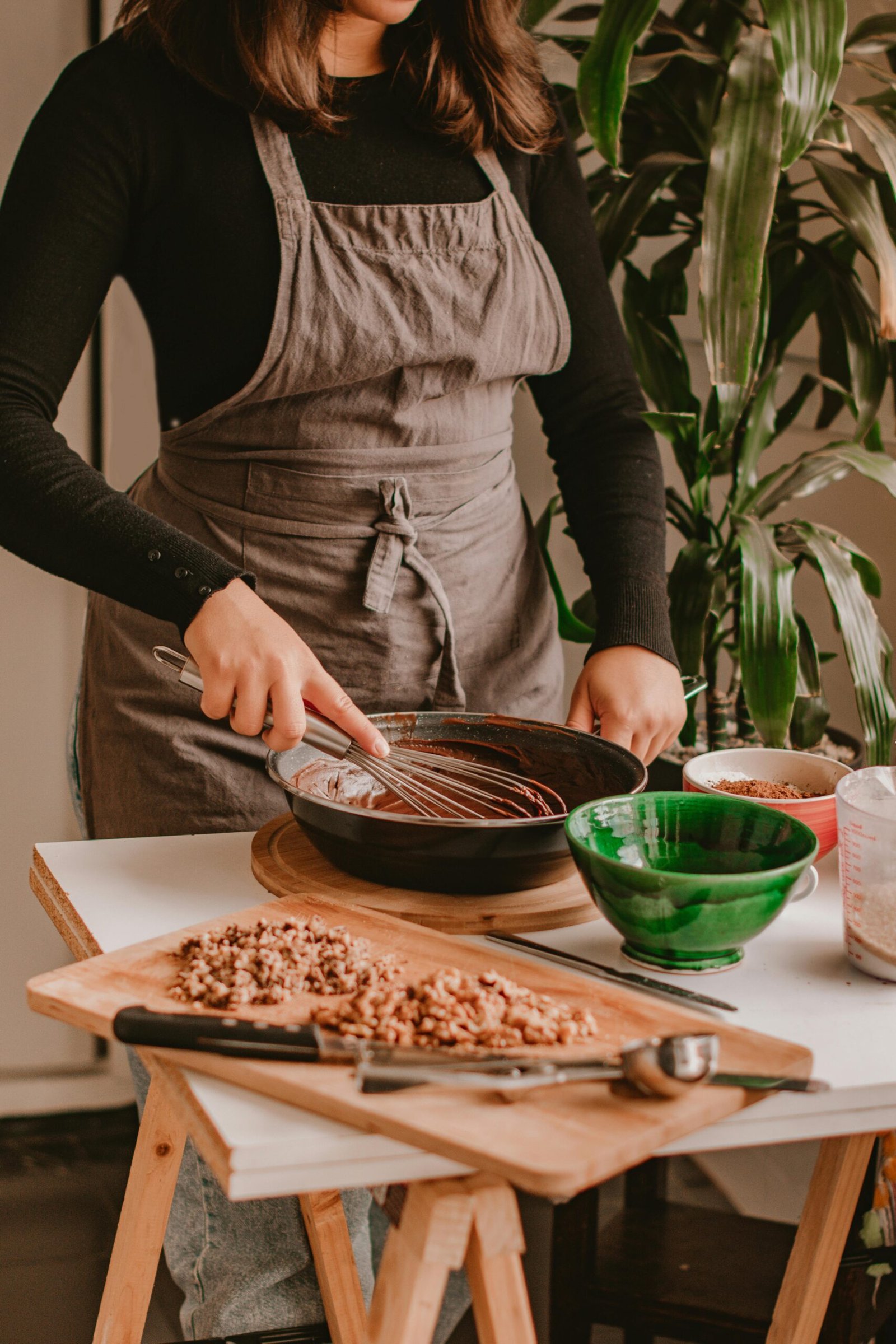Traditional Nicaraguan Recipe: An Authentic Taste of Nicaragua
Nicaragua is known for its rich culinary heritage, deeply rooted in the traditions of both its indigenous and Spanish influences. Exploring a Nicaraguan recipe is a great way to experience the country’s flavors. From hearty stews to fresh seafood, Nicaraguan food dishes are both satisfying and nutritious, offering a delightful blend of tropical ingredients and bold spices.
The Foundations of a Nicaraguan Recipe
When diving into Nicaraguan food dishes, it’s essential to understand their core components. Most recipes feature:
- Corn: A staple ingredient used in tortillas, tamales, and nacatamales.
- Rice and beans: These two are often served together in a dish called Gallo Pinto.
- Fresh seafood and meat: Coastal regions rely heavily on fish and shrimp, while beef and chicken are more common inland.
These ingredients reflect Nicaragua’s vibrant agricultural landscape, making each Nicaraguan recipe a tribute to the country’s natural resources.
Popular Nicaraguan Food Dishes
Some of the most beloved Nicaraguan food dishes include:
- Nacatamales: A savory corn dough filled with pork, rice, potatoes, and various seasonings, wrapped in banana leaves and steamed.
- Vigorón: A popular street food served with yucca, pork, and cabbage salad, often accompanied by a refreshing local drink.
- Indio Viejo: A traditional stew made from cornmeal, beef, tomatoes, and onions, creating a rich and comforting meal.
What Makes Nicaraguan Recipes Unique?
The beauty of any Nicaraguan recipe lies in its simplicity and connection to the land. The use of local ingredients is not just about flavor—it’s about preserving culture. The flavors of garlic, onions, bell peppers, and plantains are frequent in Nicaraguan food dishes, contributing to their distinct taste.
Nicaraguans prefer cooking methods that maximize the natural taste of the ingredients, with grilling, boiling, and frying being the most common. Whether you’re looking for something spicy or savory, the balance of flavors in a Nicaraguan recipe makes it stand out.
How to Prepare a Nicaraguan Recipe at Home
Preparing a Nicaraguan recipe might seem daunting, but it’s a rewarding experience. Here’s a quick breakdown of how to make one of the most iconic dishes—Gallo Pinto:
- Ingredients:
- 1 cup of cooked white rice
- 1 cup of cooked red beans
- 1 small onion (chopped)
- 1 small bell pepper (chopped)
- 2 garlic cloves (minced)
- Salt, pepper, and oil for cooking
- Instructions:
- In a pan, heat oil and sauté onions, garlic, and bell pepper until softened.
- Add cooked beans and stir until heated through.
- Mix in the cooked rice, season with salt and pepper, and cook for an additional 5 minutes.
- Serve hot as a side or main dish, garnished with fresh herbs.
This dish is not only easy to make but is also versatile. Gallo Pinto can be paired with eggs, cheese, or even a slice of fried plantain, offering a glimpse into the heart of Nicaraguan food dishes.
Exploring the Regional Variations of Nicaraguan Food Dishes
One fascinating aspect of Nicaraguan food dishes is the regional variation that exists across the country. The Atlantic Coast, heavily influenced by Creole and indigenous cultures, offers unique seafood dishes such as Rondon, a coconut-based stew filled with fresh fish, shrimp, and root vegetables. On the other hand, the Pacific side of Nicaragua is known for heartier fare, including robust meat dishes like Vaho, a combination of beef, plantains, and yucca, all steamed together for hours to create an incredibly rich flavor profile. Each region brings something different to the table, making the exploration of Nicaraguan recipes a never-ending journey of discovery.
This regional diversity also reflects Nicaragua’s complex history, with its fusion of indigenous, Spanish, and African culinary traditions. Whether it’s the coastal flavors of seafood or the robust inland stews, each dish offers a glimpse into the local culture and geography. By trying different Nicaraguan recipes, home cooks can experience the depth and variety of this cuisine, each dish telling its own story through its ingredients and preparation methods.
Pairing Nicaraguan Recipes with Drinks
When enjoying a Nicaraguan recipe, don’t forget to pair it with a traditional beverage for a full cultural experience. One popular option is Pinolillo, a drink made from ground toasted corn and cacao, often enjoyed as a refreshing treat. Another favorite is Chicha de Maíz, a fermented corn beverage with a unique, slightly tangy flavor. For something lighter, Nicaraguans also love Cacao Fresco, a chilled chocolate drink, or Tiste, a refreshing blend of roasted corn, chocolate, and sugar. These drinks not only complement the savory nature of Nicaraguan food dishes but also add a rich, authentic element to the dining experience.
By pairing traditional foods with these beverages, you create a dining experience that celebrates the full spectrum of Nicaraguan flavors. Whether you’re savoring a Nicaraguan recipe with a group of friends or enjoying it as a family meal, these dishes and drinks offer a perfect opportunity to embrace the rich culinary traditions of Nicaragua.
Bringing the Flavor of Nicaragua to Your Table
If you’re interested in expanding your culinary repertoire, trying a Nicaraguan recipe is a fantastic way to explore new flavors. The combination of tropical fruits, hearty grains, and flavorful proteins makes Nicaraguan food dishes perfect for anyone looking for a balanced yet bold meal. Whether you’re hosting a dinner party or simply cooking for your family, Nicaraguan cuisine will surely impress.
Incorporating a Nicaraguan recipe into your meal plan is a way to celebrate a culture that honors its traditions while embracing modern flavors. From the simplicity of Gallo Pinto to the complex richness of Nacatamales, there is something for every palate.
At El Nica, we believe in preserving the authenticity of Nicaragua’s food culture and invite you to explore these traditional recipes with us.






